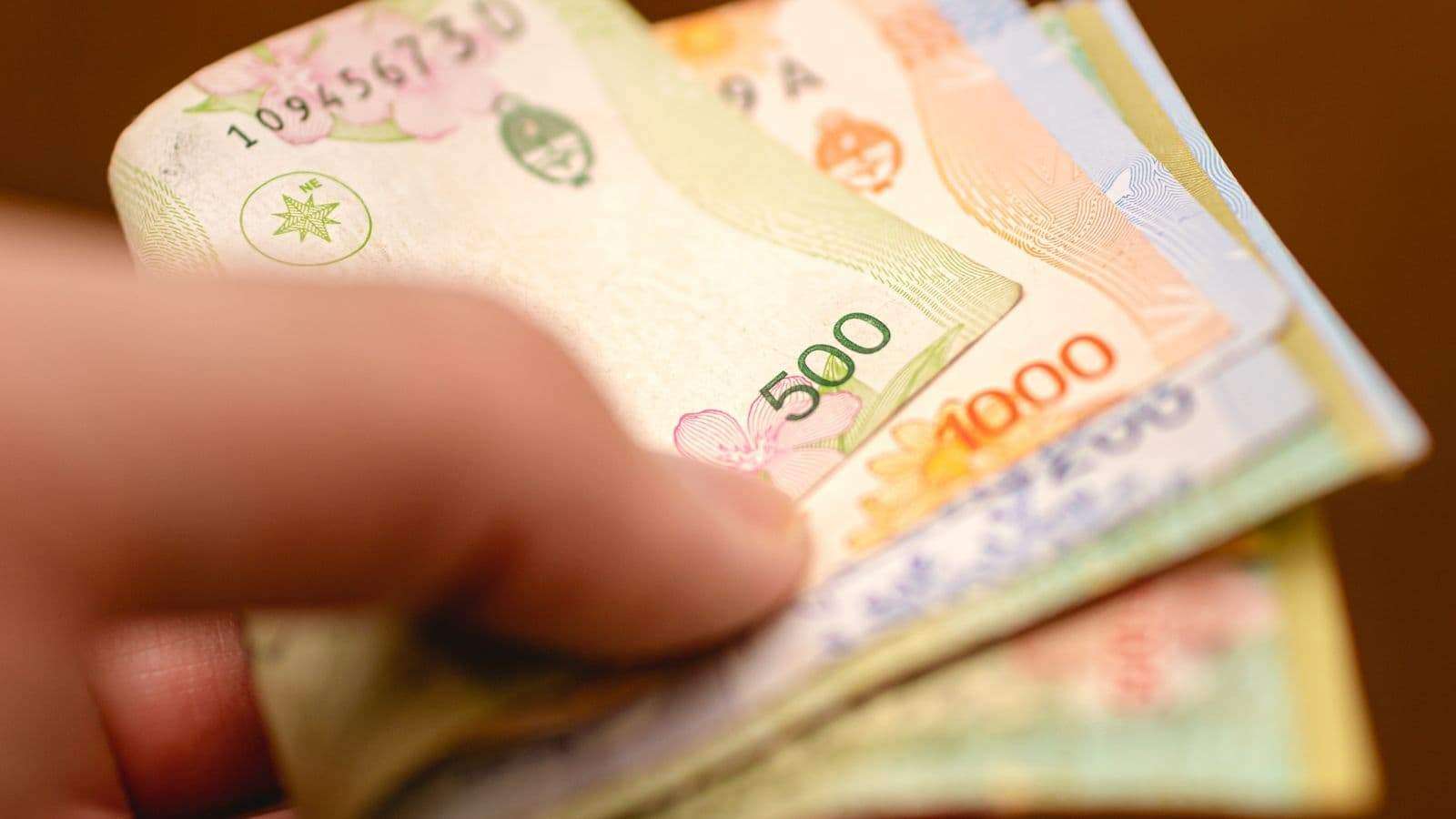Analysts anticipate a more robust peso in the coming months as traders respond positively to President Javier Milei’s plan. Traders in Buenos Aires are starting to embrace President Javier Milei’s goal of bolstering Argentina’s currency to 1,000 pesos per dollar, despite warnings from economists that this trend may reverse in the latter half of the year when dollar supply typically diminishes.
The currency currently trades at approximately 1,100 pesos for each dollar. It is an unexpectedly modest number for those who anticipated that the lifting of currency controls in Argentina would result in a devaluation. The peso currently fluctuates freely within the range of 1,000 to 1,400 per dollar, marking a significant policy shift introduced as part of Argentina’s new US$20-billion agreement with the International Monetary Fund. “The government is taking steps to keep the peso at the floor of the new floating band,” stated Gabriel Caamaño, a partner at local consulting firm Outlier.
Analysts contend that a range of indicators from Milei’s administration suggest a more robust peso in the coming months:
- New target: Milei stated in a radio interview that the Central Bank will not purchase a single dollar until the peso reaches 1,000.
- Money shortage: The Central Bank reduced ultra-short-term peso lending to banks, tightening liquidity and deterring dollar demand.
- Export tax break: Milei also cautioned that a temporary tax reduction on commodity exports is set to conclude in June as scheduled, reinforcing government initiatives aimed at expediting shipments overseas and enhancing dollar availability in the domestic market.
- Dollar inflows: The foreign exchange market has been reopened to international investors prepared to allocate capital for a minimum of six months, despite ongoing restrictions for domestic investors.
Investors have received the message from Milei. The official exchange rate at the end of April has appreciated to 1,114 pesos per dollar in the futures market, a notable increase from 1,200 just two weeks prior. Traders currently perceive 1,000 not as a support level, but rather as the subsequent target. “Those who said there would be a devaluation this week should apologise,” Economy Minister Luis Caputo stated Monday in a post on X, highlighting the peso’s stronger-than-anticipated performance.
However, what may initially seem like a decisive triumph for the government against devaluation speculators could ultimately represent a quintessential instance of immediate benefits accompanied by prolonged difficulties, according to some economists. Every year in Argentina, the flow of dollars experiences a slowdown in the second half, as crop exporters shift their focus from shipping their harvests abroad to returning to planting. The peso currently stands at its strongest level, when adjusted for inflation, since the time former president Cristina Fernández de Kirchner implemented restrictive exchange controls a decade ago to prevent a devaluation.
The financial flows — fresh IMF funds, crop exports — supporting the peso today are evident. However, the true economic fundamentals in the long run — job growth, foreign investment, capital spending — are less concrete as the nation recovers from the previous two years of gross domestic product contraction. “Today, the peso’s appreciation is driven by financial flows,” said Guido Sandleris, a professor at Johns Hopkins University and former Argentine Central Bank chief between 2018 and 2019. “However, this more appreciated exchange rate, which arises from a free market, may not align with the real fundamentals that ensure the sustainability of the current account.”
The robust peso is expected to yield immediate political advantages for the administration in a year marked by midterm elections, as it helps maintain low price increases, a crucial indicator of Milei’s popularity. However, analysts suggest that the libertarian president ought to seize the opportunity to bolster the central bank’s diminished foreign reserves, thereby providing a buffer against potential future currency fluctuations. “The Central Bank should start accumulating reserves soon, especially with the peso so strong,” Alejandro Cuadrado, head of Latin America currency strategy at BBVA in New York, stated in an interview. “There are ambitious targets for reserve accumulation, and it may be more prudent to buy now than in the second half of the year, when inflows could slow.”
The government is required to amass US$4 billion in net reserves by year-end and simultaneously fulfill debt maturities and interest obligations amounting to the same figure in July, to adhere to its IMF programme. Moreover, a prolonged sell-off in global markets could exert additional pressure on the currency. A balanced currency market will not suffice, as stated by Juan Manuel Pazos, chief economist at Buenos Aires-based brokerage one618. “The programme requires an exchange rate so elevated that supply will surpass demand by US$8 billion by year’s end,” he stated.
Agricultural dollars are experiencing a robust influx in the second quarter; however, they may deplete by July. Additionally, foreign capital might retract once the obligation to maintain it within the country for six months comes to an end. At present, investors are in agreement. However, the risks associated with Milei’s plan remain present.

